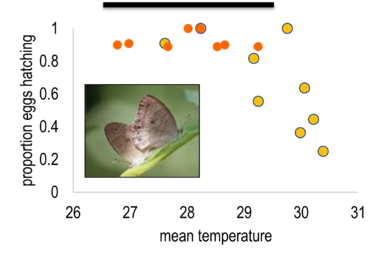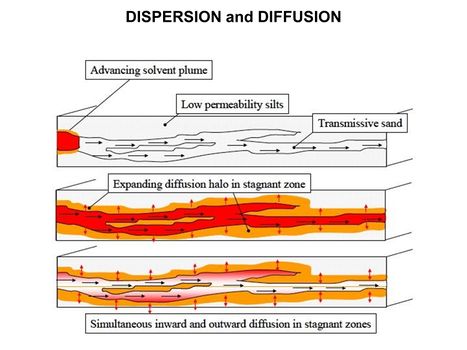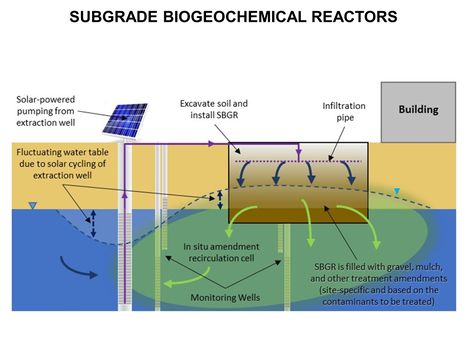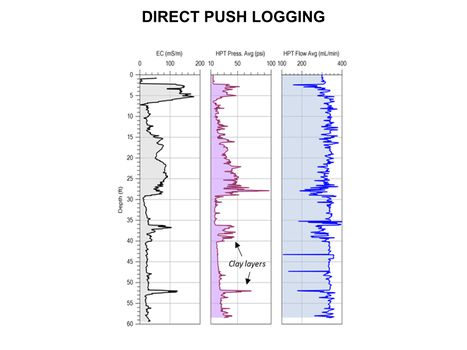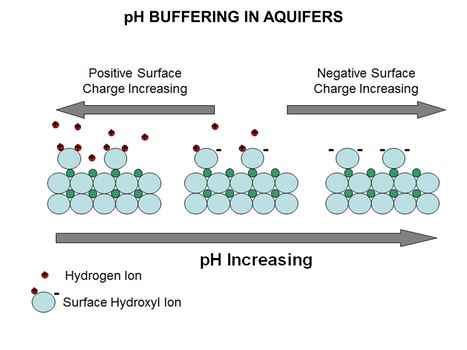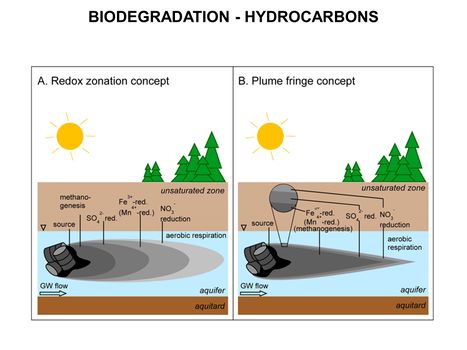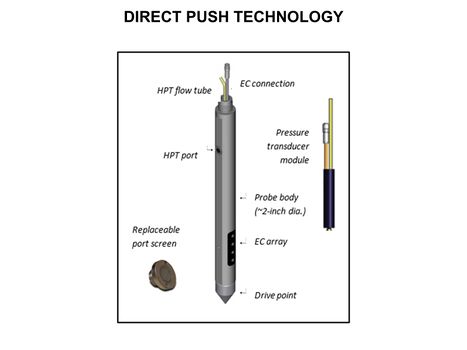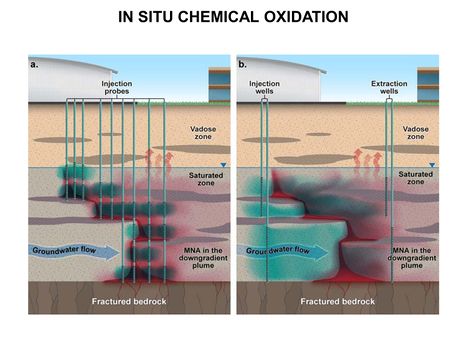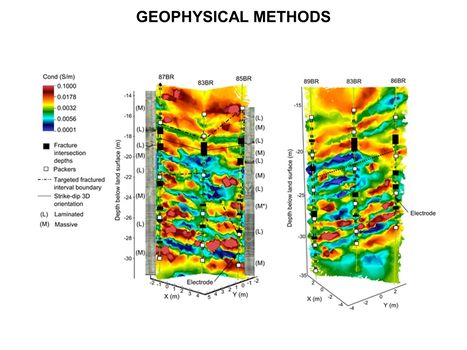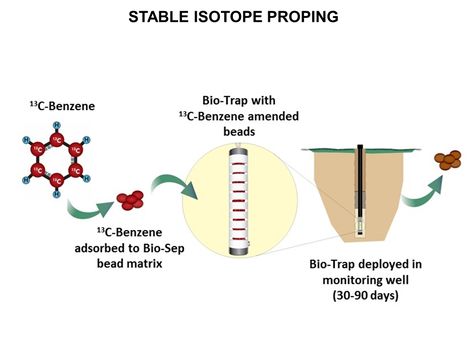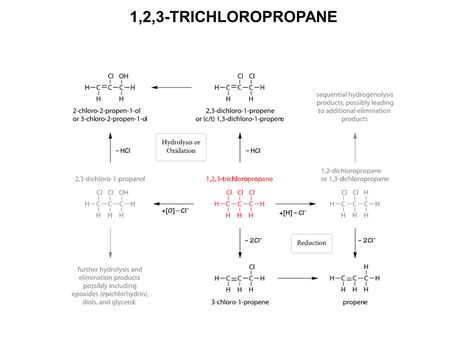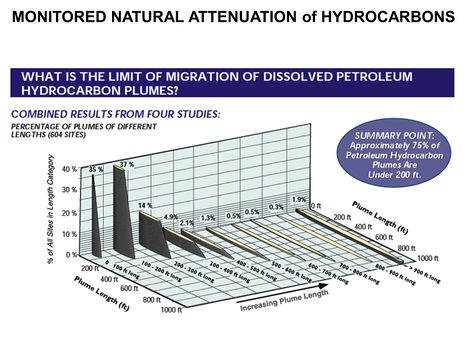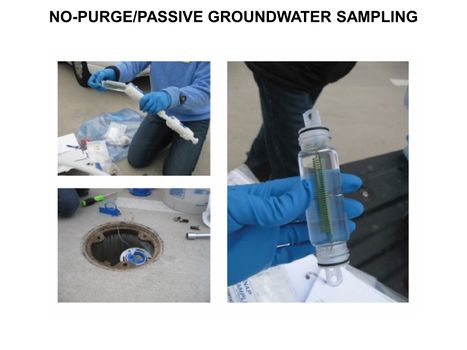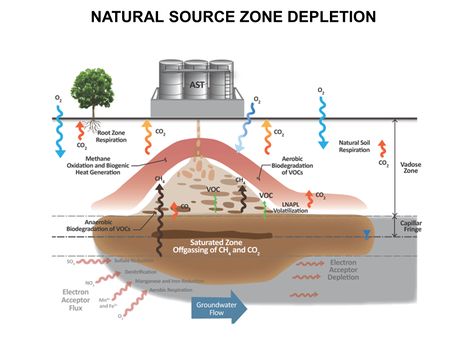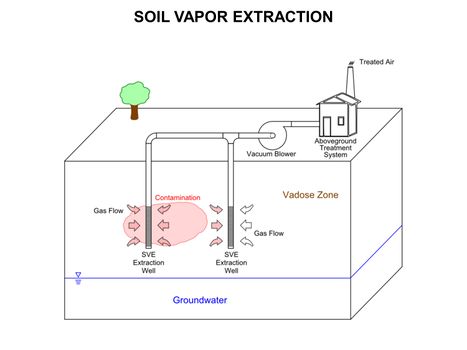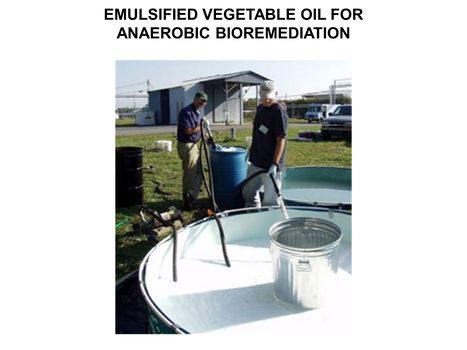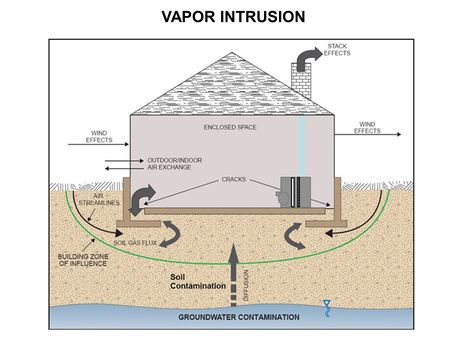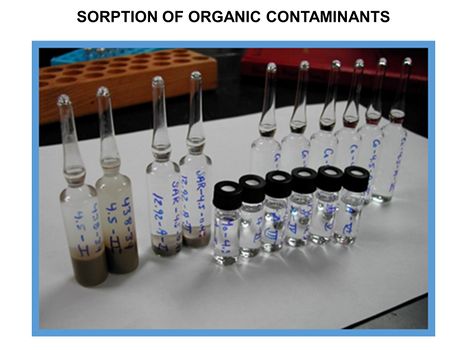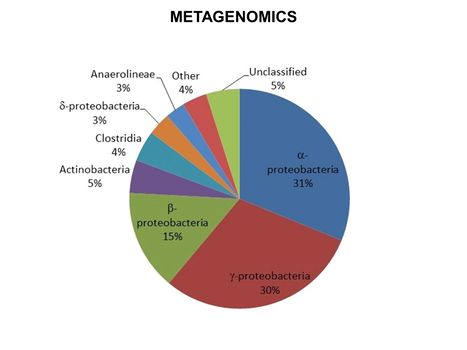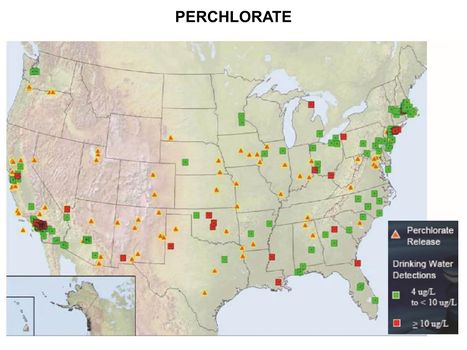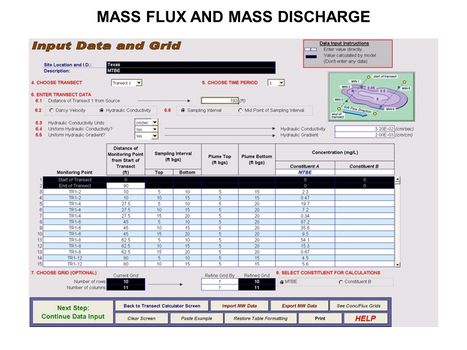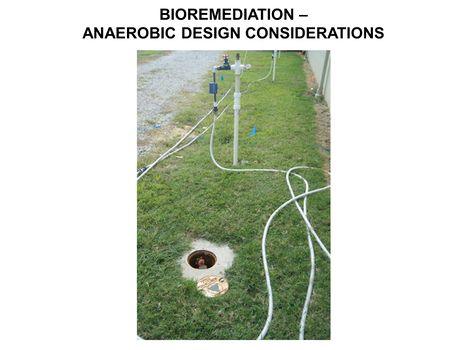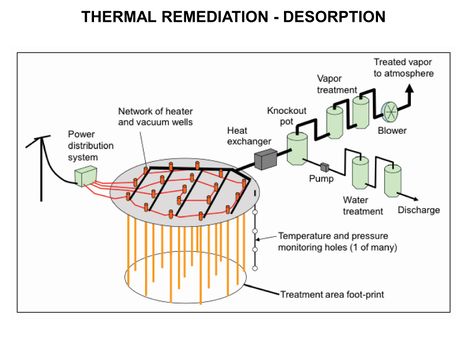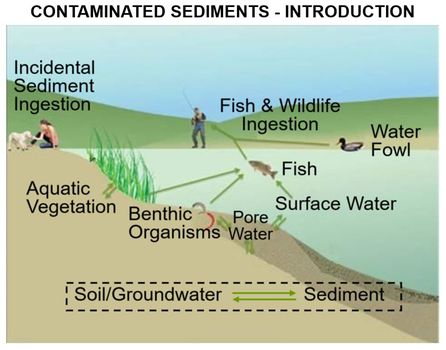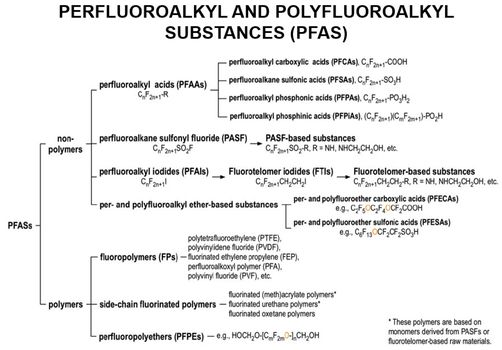Main Page
Peer Reviewed. Accessible. Written By Experts |
Your Environmental Information Gateway |
| The goal of ENVIRO Wiki is to make scientific and engineering research results more accessible to environmental professionals, facilitating the permitting, design and implementation of environmental projects. Articles are written and edited by invited experts (see Contributors) to summarize current knowledge for the target audience on an array of topics, with cross-linked references to reports and technical literature. | See Table of Contents |
Featured article: Predicting Species Responses to Climate Change with Population ModelsThe use of aqueous film-forming foam (AFFF) can release PFAS into the environment during fire training, an emergency response, or as a result of leaks or spills from AFFF systems. Following AFFF releases, perfluoroalkyl acids (PFAAs), particularly PFOS, PFOA, and PFHxS, tend to be the most commonly detected PFAS in environmental media. PFAAs are relatively water-soluble and mobile in the environment, are not volatile (i.e., they do not evaporate to the atmosphere readily) and can sorb to the organic carbon present in soil or sediment. PFAS can bioaccumulate in animals and plants, and persistent PFAS, such as PFCAs and PFSAs, do not undergo significant biodegradation or biotransformation once present in a biological system. The human health issues associated with PFAS AFFF sites are primarily the exposure pathways associated with drinking water ingestion and dietary intake of PFAS. The characterization of toxicological effects in human health risk assessments is based on toxicological studies of mammalian exposures to per- and polyfluoroalkyl substances (PFAS), primarily studies involving perfluorooctanesulfonic acid (PFOS) and perfluorooctanoic acid (PFOA). The most sensitive noncancer adverse effects involve the liver and kidney, immune system, and various developmental and reproductive endpoints. Only PFOS and PFOA (and their derivatives) have sufficient data for USEPA to characterize as Likely to Be Carcinogenic to Humans via the oral route of exposure. Epidemiological studies provided evidence of bladder, prostate, liver, kidney, and breast cancers in humans related to PFOS exposure, as well as kidney and testicular cancer in humans and limited evidence of breast cancer related to PFOA exposure.
(Full article...)
|
Enviro Wiki Highlights |

